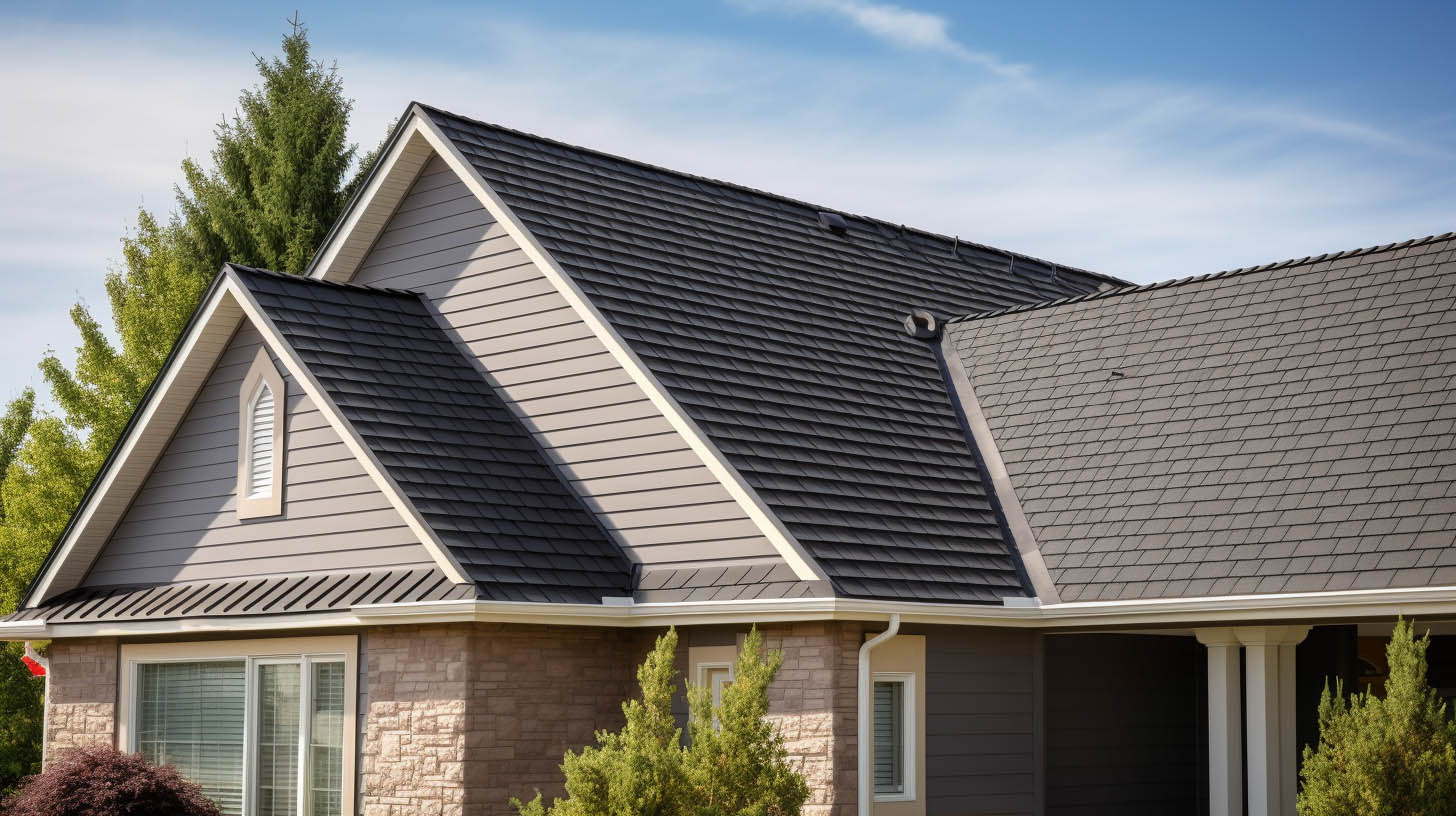
Introduction to Roof Ridges and Hips
In the realm of roofing, understanding the structure and functionality of roof ridges and hips is paramount. These elements are not only pivotal in defining the aesthetic appeal of a roof but also play a crucial role in its structural integrity and weather resistance.
The Role of Roof Ridges
Defining Roof Ridges
Roof ridges are the apexes formed where two roof slopes meet. They are a critical component in the design of a roof, offering both functional and aesthetic benefits.
Varieties of Roof Ridges
Roof ridges are available in diverse styles, each suited to different architectural designs. The most common types include gable, hip, and combination ridges, each offering unique advantages in terms of cost, durability, and suitability for various roof designs.
The Significance of Roof Hips
Understanding Roof Hips
Roof hips are the lines formed by the intersection of two roof ridges. They are essential in enhancing the roof’s strength and facilitating effective water runoff.
Types of Roof Hips
The common types of roof hips include the common hip, valley hip, and jack rafter hip. Each type is designed to cater to different roofing needs, varying in cost, ease of installation, and suitability for different roof pitches.
Advantages of Roof Ridges and Hips
Enhanced Durability and Ventilation
Roof ridges contribute significantly to the durability of a roof, offering protection against various weather conditions. They also play a vital role in improving roof ventilation, thereby aiding in maintaining a comfortable indoor temperature.
Aesthetic Appeal
Both roof ridges and hips add to the visual appeal of a building. They provide an architectural accent, enhancing the overall curb appeal of the property.
Material Choices for Roof Ridges and Hips
Options for Roof Ridges
Materials commonly used for roof ridges include clay tiles, metal, asphalt shingles, and slate. Each material offers distinct advantages in terms of durability, weather resistance, and aesthetic versatility.
Selection for Roof Hips
Roof hips are typically covered with materials like asphalt shingles, metal roofing, or slate/clay tiles. The choice depends on factors like longevity, resistance to weather elements, and the architectural style of the building.
Installation Insights
Precision in Installation
The installation of roof ridges and hips requires meticulous measurement and precise cutting. Proper nailing and sealing are crucial to ensure a watertight and stable roof structure.
Considerations for Installation
When installing roof ridges and hips, factors such as structural strength, cost, maintenance requirements, and compatibility with the overall roof design must be considered.
Conclusion: The Importance of Expertise
For optimal results, it is advisable to engage professionals like Advanced Roofing & Construction, LLC, renowned for their expertise in roofing in Huntsville AL. With their experience in roof repair in Huntsville AL, they ensure that your roofing system is not only aesthetically pleasing but also structurally sound and durable.




